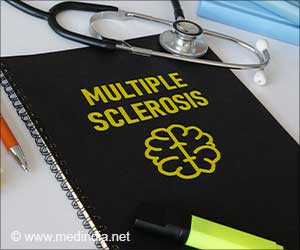
‘New report released by leading data and analytics company shows that the average annual cost of disease-modifying therapy for multiple sclerosis increased by 9% since 2020.’
Tweet it Now
Specialty drugs referred to as disease-modifying therapies (DMTs) have become the standard for multiple sclerosis treatment since the 1990s as they have been shown to reduce the risk of relapses and delay disease progression (1✔ ✔Trusted SourceHealth economics of disease-modifying therapy for multiple sclerosis in the United States
Go to source).
Addressing the Rising Prices of Disease-Modifying Therapies for Multiple Sclerosis
While more DMTs became available, prices of DMTs including existing drugs continue to rise and remain very expensive. However, they cannot provide a cure and offer very limited impact on halting disease progression.Experts emphasized that the high cost of DMTs for MS can have a major impact on patients, their families, and wider society. This economic burden may deter some patients from seeking treatment, while others might decide to stop their treatment altogether.
Over a lifetime, the cumulative costs of MS can exceed $5.6 million [2020 United States (US) dollars] in both direct and indirect costs. In addition to costs related to loss of productivity, the direct healthcare costs of MS are also substantial making it the second most expensive chronic condition behind heart failure (2✔ ✔Trusted Source
Disease modifying therapies continue to drive up health care cost among individuals with multiple sclerosis
Go to source).
They further believe that there is a large unmet need for curative therapies in MS, especially for the agents that would be able to stop the progress of neurodegeneration, such as remyelination therapies, of which there are several in early-stage development.
While they are generally optimistic about the prospects of curative therapies gaining approval in the long term, they acknowledge that the route to this is long, and do not expect curative therapies to enter the market within the next few years.
Advertisement
High and rising costs for MS DMTs are a major concern for neurologists, patients, and society. Although DMTs can be life-changing for patients with MS, the costs of these drugs continue to escalate at rates well beyond inflation, and affordably is a major challenge.
Advertisement
References:
- Health economics of disease-modifying therapy for multiple sclerosis in the United States - (https://journals.sagepub.com/doi/10.1177/1756286420987031)
- Disease modifying therapies continue to drive up health care cost among individuals with multiple sclerosis - (https://www.msard-journal.com/article/S2211-0348(19)30062-8/fulltext)
Source-Medindia















